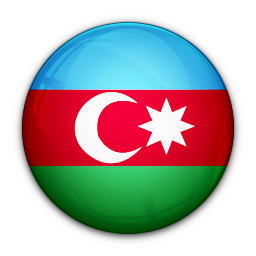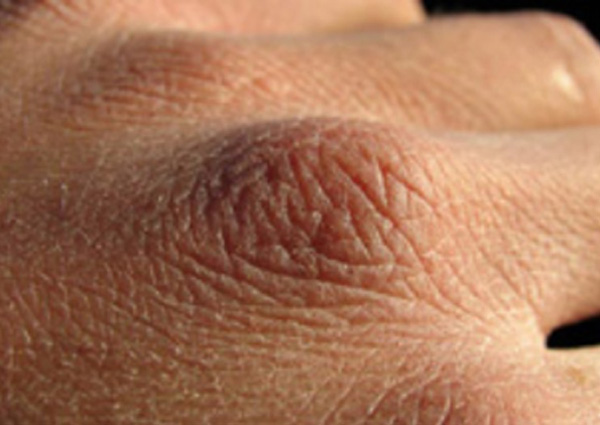Ichthyosis
Keratinization is process in which subjacent epidermal cells turns into a barrier-like, hard cells of corneocytes - the source of the stratum corneum barrier-.
Flaking is a result of failure in separation of corneocytes from the skin, which is the last phase of keratinization. Thus, flaking occurs due to accumulation of corneocytes which can not be thrown out. Any keratinization disorder may occur as congenital or acquired.
Flaking may cause physical and psychological disorders. Xeroderma is known as dry skin and it means skin flaking in real terms. It may be seen as a result of diseases involving keratinization disorders. Xeroderma is common along with atopic eczema, and it worsens in winter with low humidity.
Xeroderma treatment is required frequent use of hydrating and moisturizing cleanser and showering instead of bathing.
Autosomal dominant ichthyosis is characterized by a clinical manifestation with more unsightly, diffuse flaking on extensor surfaces of the body. Keratosis pilaris may be accompanied and keratin plugs within the hair follicle channel occur in this disease. The frequency is 0.2%, and biochemical cause is not known exactly. Moisturizers and required keratolytic agents can sometimes be helpful.
X-linked ichthyosis flaking is more significant. Affected male children are often get born as post mature and difficultly. Metabolic disorders are mainly based on the deficiency of steroid sulfatase enzyme, which can be determined in fibroblasts, epidermal and lymphocyte cultures. Women are carriers because it is transmitted by X-linked recessive inheritance and its incidence is 1 in 6,000.
Non-bullous ichthyosiform erythroderma is rare. It has an autosomal recessive transition and is characterized by diffuse erythema and scaling fine. Although oral acitretin have serious side effects, it may be helpful for certain patients.
Rarely type as bullous ichthyosiformerythroderma (also known as epidermolytic hyperkeratosis) has a tendency to exhibit widespread erythema, folded hyperkeratosis and BULLES. At the upper epidermis, reticular degenerative changes are characteristics. It is transmitted by autosomal dominant inheritance and has certain keratin gene mutations. Oral retinoid improves the appearance, but also can increase inflammation.
Lamellar ichthyosis is a rare disease which is transmitted by autosomal X-linked recessive inheritance and accompanied with severe hyperkeratosis and scaling.
Patients with non-bullous ichthyosiform erythroderma, or hyperkeratosis, or lamellar epidermolytic ichthyotic, may be born with collodion membrane. This glossy transparent membrane gets extinct after a week. Rarely may it occur among normal babies. Since the barrier function of the skin is broken, they need a special care.
Acquired ichthyosis can develop depending on lymphoma, human immunodeficiency virus (HIV) disease, and leprosy, deficiency of essential fatty acids and use of lipid-lowering drugs








